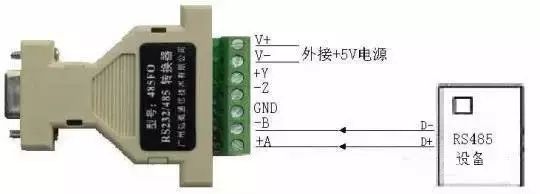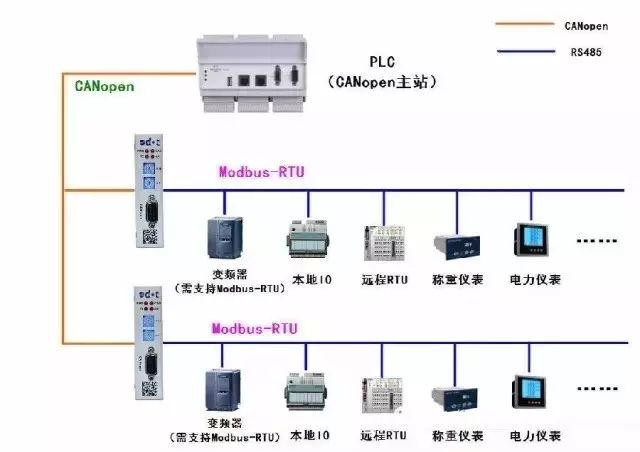Tip:Click above“Ba Fang Hui PLC Practical Programming Training“↑Follow us for free



RS485is a wired transmission, which requires a hardware transmission medium, essentially just two wires are sufficient. The actual signal transmitted over these two wires is the same signal; the sending end splits this signal into two, but at the receiving end, it is restored to the original signal. This method’s advantage can be compared toRS232; RS232 also requires two wires, but more often, a ground wire is added, making it three wires. Ignoring the ground wire, the other two wires transmit the data signal on one wire, while the other wire transmits the clock signal. The sending end transmits the signal as it originally is, and the receiving end processes it similarly. Therefore,485can cancel out interference introduced during transmission, while232cannot. Hence,485has strong anti-interference capability and can transmit signals over thousands of meters, while232can only transmit over a few dozen meters.
MODBUSis just a type of communication protocol, like Chinese and English, it is a language of communication, a language for machines to communicate. So, before communication, there must be a bridge for communication, which is the transmission medium485or232or other electrical rules. The same protocol can use different transmission mediums like485or232, but two different protocols cannot exist simultaneously on the same transmission line.
Generally, we use the RS485 interface for Modbus communication. The typical length for RS485 communication is 1200 meters. When this length cannot meet the requirements, fiber optics will be introduced as the transmission medium, of course, requiring an optical-electrical converter in between. However, this connection method seems difficult to establish. The best way is to connect Modbus communication to a certain Ethernetand then transmit data through fiber optics via Ethernet.
Don’t play with your phone when you get home, take a look at our public account every day, can you?
I’ve thrown you a confidential report
National Day is not here yet,